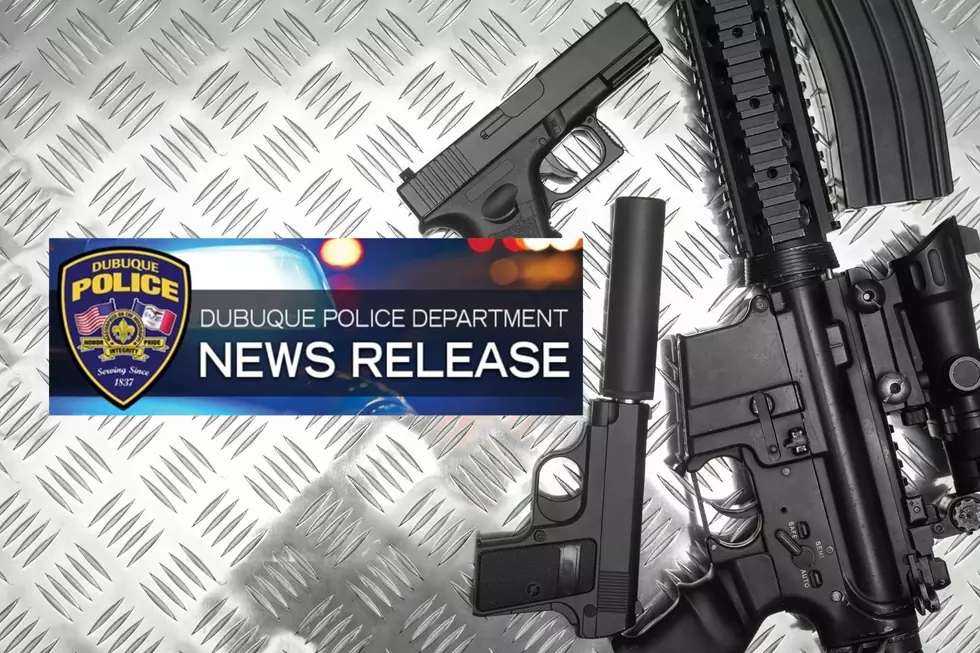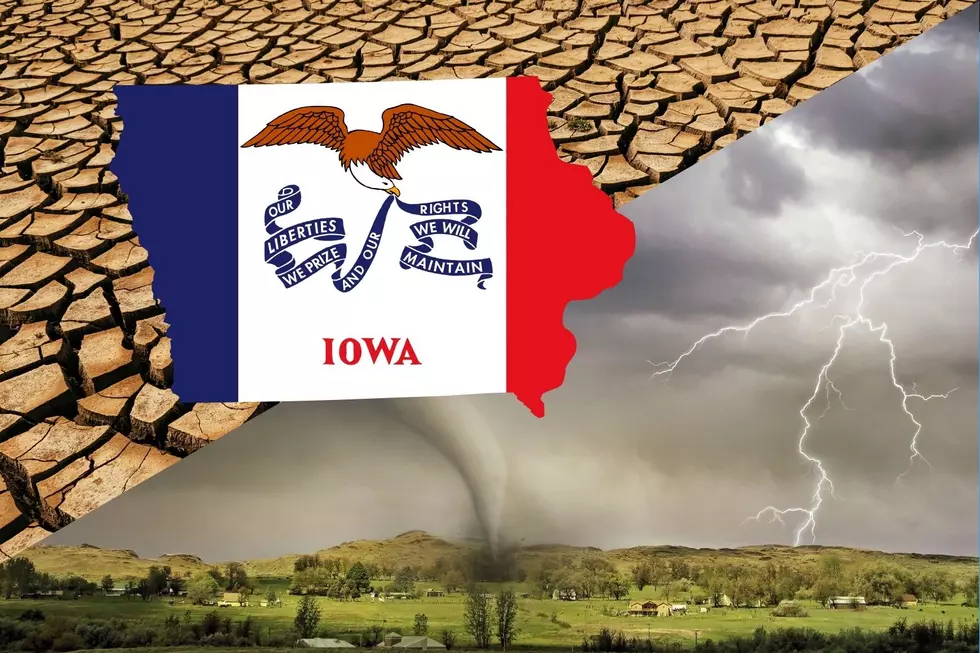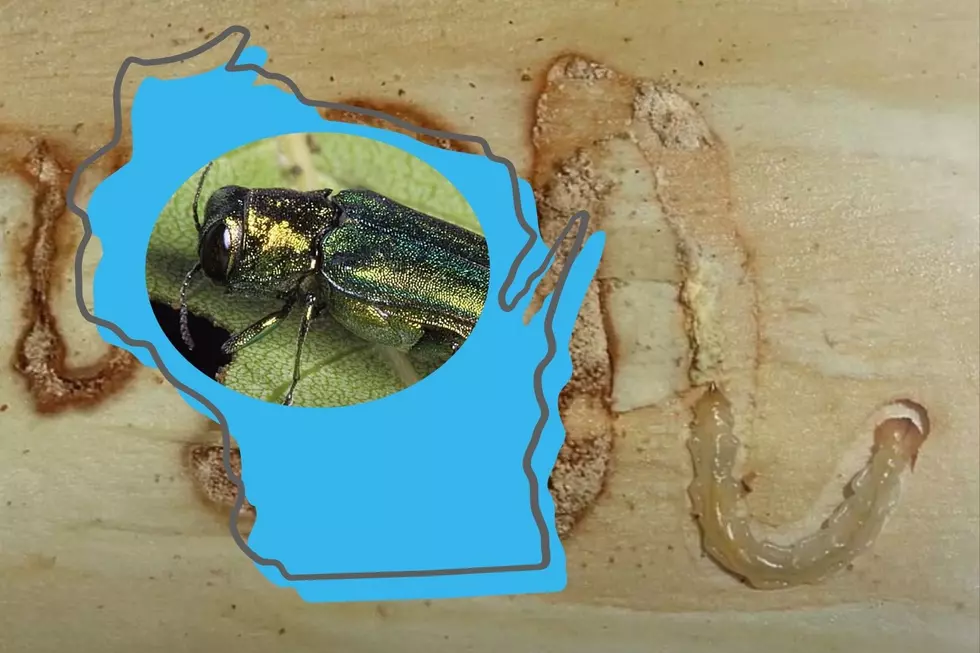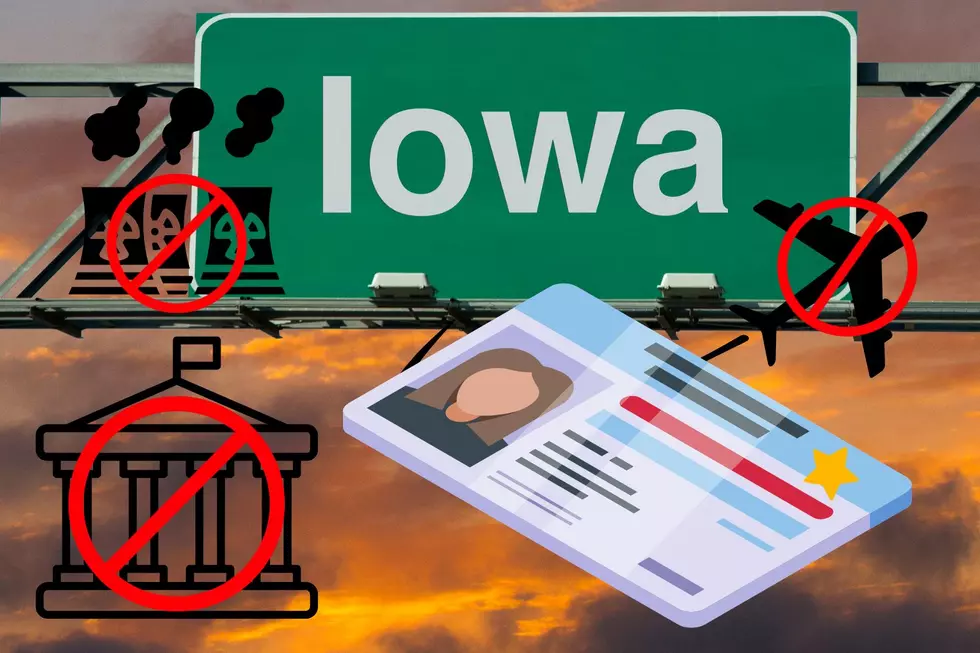
How Likely Are You To Hit A Deer In The Tri-States?
Fall is here. Hunting Season is officially open. And Bambi can't seem to keep his hooves off the highways. Yes, Autumn means more deer on the road. In fact, there are certain elements that only happen now, which increase your risk of a deer/vehicle crash.
Did you know that deer cause over 1 million motor vehicle accidents in the US each year, and that those accidents alone account for more than $1 billion in property damage. In addition, they also cause around 200 deaths and 29,000 serious injuries. Food for thought, I'm 38 years old this year and have been involved in 3 accidents involving deer in my lifetime already; one as an adolescent as my father drove, one in high school, and another just a few years ago. All accidents totaled the vehicles involved, but thank goodness no injuries occurred.
When is it most likely that I could hit a deer with my vehicle?
Unfortunately, deer will cross roadways, and during hunting season they're running wild even more than usually as hunters scatter herds throughout the daytime hours. There are however certain times of the day and year you should avoid driving in, if possible. That's right, the risk of hitting a deer varies by time of day, day of the week, the monthly lunar cycle, as well as seasons of the year.
A chart of 2007 daily vehicle-deer crashes in New York state shows the common trend.
According to research from Tom Langen, Professor of Biology at Clarkson University, accident cycles are partly a function of driver behavior. Accidents are highest when traffic is heavy, drivers are least alert, and driving conditions are poorest for spotting animals. Those stats however do not take in to affect the animal's behavior. More often than not, deer-vehicle accidents involve multiple vehicles. Why? Well, startled drivers swerve to miss a deer and collide with a vehicle in another lane. A driver may also slam on the breaks and get rear-ended by the vehicle following them.

So, when are you most likely to hit a deer. You probably already guessed it. Accidents occur most frequently at dusk and dawn, when deer are most active and the drivers’ ability to spot them is the poorest. In fact, only around 20% of accidents occur during daylight hours. Research shows that Deer/Vehicle accidents are eight times more frequent per hour of dusk than daylight, and four times more frequent at dusk than after nightfall. Autumn also brings with it the rut for bucks. Increased activity during mating season leads to additional scattering in competing males and more opportunities for them to meet your bumper.
In addition, accidents of this nature occur more frequently on days that have the most drivers on the road at dawn or dusk. That means they line-up at different times of the year with our driving patterns. In addition, the lunar cycle causes increased activity in deer herds. During a full moon, deer are more likely to cover greater distances, and therefore cross more roadways, when there is additional illumination in our darkest hours.
Quick note here, our time changes for day-light savings (clock shifts) most definitely effect the vehicle accident rate. Deer that may be used to a certain schedule now find they are crossing roadways at busier times and in addition, drivers are now in a state of short-term stress and fatigue due to a disruption in their "normal" schedule. Basically, shifting the clock one hour back means more commuters are on the road during high-risk dusk hours.
How likely am I to hit a Deer in Illinois, Iowa, or Wisconsin?
According to State Farm, the Midwest holds a much higher percentage than the rest of the United States when it comes to the probability of a deer/auto collision. West Virginia continues to top the list of states where an individual driver is most likely to hit an animal, with a likelihood of 1 in 35. Montana, South Dakota, Michigan, and Wisconsin are at the top of the list. Rounding out the top 10 states where drivers are most likely to collide with an animal are Pennsylvania, Iowa, Mississippi, North Dakota, and Wyoming. The months drivers are most likely to collide with a large animal in the U.S. are November, October and December, and in that order of significance.
- Wisconsin comes in at #5 on the list and is a high-risk state for animal collision in 2022/23 your likelihood of hitting an animal is 1 in 60.
- Iowa comes in at #6 on the list and scores a 1 in 63 chance of an animal involved insurance claim.
- Illinois does much better and is a medium risk state coming in at #34 with a 1 in 152 chance of an animal involved insurance claim.
When it comes to the State Farm stats most crashes requiring insurance claim involve bigger animals. Of the top 5 animals hit from July 1st, 2021 and June 30th, 2022, Deer were #1 with 1,378,542. Other animals included unidentified (235,836), rodents (101,949), dogs (60,316) and racoons (56,096).
How can I avoid hitting a deer on the roadways this fall?
- Stay alert. Pay attention to "deer crossing" and "wildlife crossing" signs and be cautious in areas near woods or water.
- Use high beams. Flicking your high beams on an animal in the road may cause the animal to scurry away. High beams also help illuminate dark roads.
- Don't swerve. If a car crash is inevitable, maintain control of your vehicle and don't veer off the road.
- Brake as necessary. If you can avoid hitting the animal, reduce your speed, honk your horn and tap your brakes to warn other drivers. If there are no drivers behind you, brake hard.
- Be extra vigilant in peak season. Animal collisions happen most during October through December. Basically, hunting and mating season.
- Consider the time of day. Watch for animals in the road between dusk and dawn.
- Watch for herds. If you see one deer, there are usually more nearby.
- Be a safe driver. Always obey speed limits and wear seat belts in case an accident does occur.
LOOK: Here are the states where you are most likely to hit an animal
Gallery Credit: Dom DiFurio & Jacob Osborn
LOOK: The longest highways in America
Gallery Credit: Hannah Lang
More From Eagle 102.3









